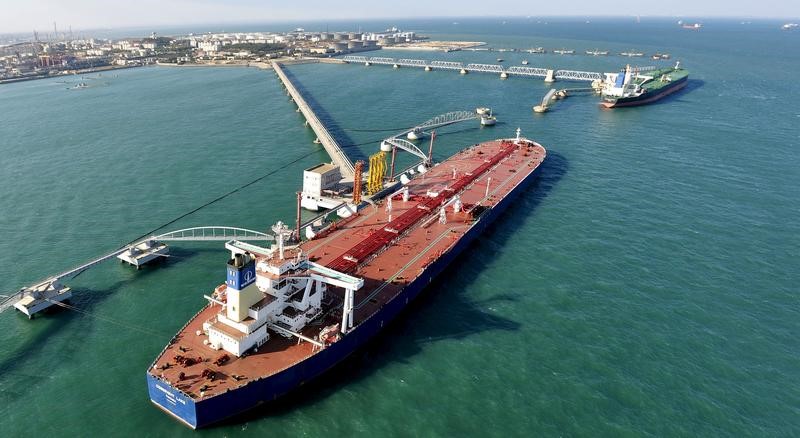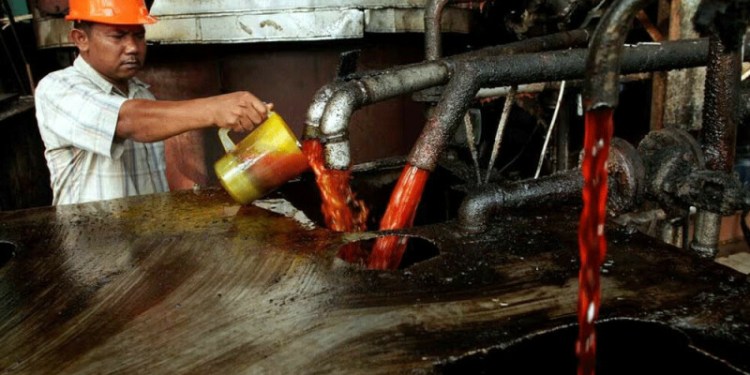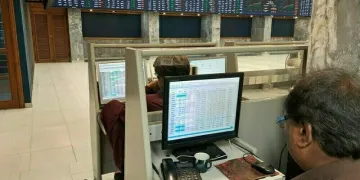 © Reuters. FILE PHOTO – A general view of a crude oil importing port in Qingdao
© Reuters. FILE PHOTO – A general view of a crude oil importing port in QingdaoTOKYO (Reuters) – Oil prices were largely steady in early Asian trade on Wednesday, hovering near a four-week high hit a day earlier after top exporter Saudi Arabia said it was determined to end a supply glut.
, the global benchmark, was up 10 cents at $58.43 a barrel by 0103 GMT, after settling on Tuesday up 96 cents, or 1.7 percent.
U.S. West Texas Intermediate crude was trading down 4 cents at $52.43 a barrel, having risen 57 cents on Tuesday.
Saudi Arabia’s energy minister said the focus remained on reducing oil stocks in industrialized countries to their five-year average and raised the prospect of prolonged output restraint once an OPEC-led supply-cutting pact ends.
The Organization of the Petroleum Exporting Countries, plus Russia and nine other producers, have cut oil output by about 1.8 million barrels per day (bpd) since January. The pact runs to March 2018, but they are considering extending it.
“We are very flexible, we are keeping our options open. We are determined to do whatever it takes to bring global inventories down to the normal level which we say is the five-year average,” Falih told Reuters.
stocks fell by 519,000 barrels last week, industry group the American Petroleum Institute said on Tuesday after settlement. That compared with analysts’ expectations for a decline of 2.6 million barrels. [API/S] [EIA/S]
Gasoline stocks fell by 5.8 million barrels, compared with analysts’ expectations in a Reuters poll for a 17,000-barrel decline. Distillate fuels stockpiles, which include diesel and , fell by 4.9 million barrels, compared with expectations for a 860,000-barrel drop, the API data showed.
The U.S. government’s Energy Information Administration releases its report later in the day.
Fusion Media or anyone involved with Fusion Media will not accept any liability for loss or damage as a result of reliance on the information including data, quotes, charts and buy/sell signals contained within this website. Please be fully informed regarding the risks and costs associated with trading the financial markets, it is one of the riskiest investment forms possible.
Source: Investing.com


























